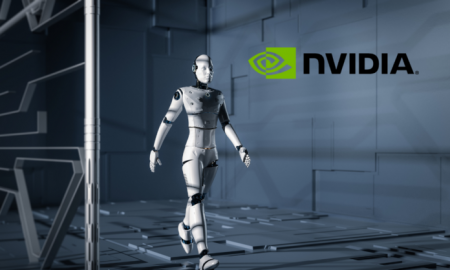Nigel Pereira walks us through each data center ‘tier’ that is crucial when choosing a facility to host your data
In our previous post on the evolution of data centers as well as our post on serverless data centers, we went through the changes in infrastructure and focused on the technology involved. This post will be different because Tiers in data centers are basically agnostic to technology and depend only on capability.
Since new breakthroughs in technology continually disrupt the data center industry, in particular, Tier classifications are technology neutral and don’t come with any “minimum system requirements.” Instead, data centers are classified into 4 tiers, based almost solely on 2 metrics, namely Uptime, and Redundancy.
Uptime

As the name suggests, Uptime is the metric that calculates the annual average of how long your data center remains up and running. Data center tier ratings from 1 to 4 are handed out by the Uptime Institute with 1 being the lowest and 4 being the highest level of performance.
The Uptime Institute is an independent organization that aims to improve the performance, reliability, and overall efficiency of business-critical infrastructure through performance certifications. To get your data center the bare minimum tier rating of 1 would require an uptime of 99.671% per year.
Sify Technologies – Data Center Services
The obvious observation here is that if 99.671% is the bare minimum and Tiers 2, 3, and 4 have to basically fight for 0.329% of the remaining downtime it’s going to be a case of diminishing returns for everything above Tier 1.
That being said, that 0.329% translates to about 28.8 hours of downtime annually, which is an eternity in today’s day and age where even a few hours of downtime can cause millions of dollars. A 2016 report states that IT downtime in North America alone costs an estimated $700 billion annually.
Redundancy

The word “extra” comes to mind while searching for an easy way to explain redundancy. For example, you have a server or similar piece of infrastructure that’s working fine but you also have an extra “redundant” one that’s exactly the same and just sitting around doing nothing in case the first one breaks down.
That’s basically redundancy in a nutshell and the fight for that last 2.8 hours of downtime depends entirely on how many backup or redundant systems you have in place to take over every time a breakdown or malfunction happens.
Now while the Tier system is agnostic of technology, let’s take a look at the technology required to maintain the bare minimum of 99.671% of uptime in today’s day and age. We specifically mention “today” here because this could easily change tomorrow with a new technological breakthrough that might not require the same components to qualify as a Tier 1 data center.
Today a Tier 1 data center requires a UPS, an engine generator for backup power, a single path for power and cooling, and no other backup or redundant systems. It’s clear that the lack of redundancy here is the cause for the 28.8 hours of downtime annually.
Tiers 2,3, and 4

Now if you add some redundant and backup components to your Tier 1 data center in order to get your uptime to 99.741% annually, congratulations you now tun a Tier 2 data center. While this still translates to about 22 hours of downtime annually, the upgrades include extra engine generators, batteries for energy storage, extra pumps, chillers, raised floors, heat rejection equipment, and more.
You might think that’s a lot of money for an extra 7 hours of annual uptime but as we already mentioned, it all depends on how much money you are going to lose during those 7 hours.
To make it to Tier 3 and 99.982% of uptime and only 1.6 hours of downtime, however, you need to have something called N+1 redundancy where N stands for all the components required to support the full IT load +1 extra component as a backup. Unlike Tier 1 and Tier 2, Tier 3 facilities don’t require a complete shutdown for maintenance and can keep running while parts are being repaired or replaced.
Finally, a Tier 4 data center has an uptime of 99.995% and only 26.3 minutes of downtime annually. Tier 4 data centers need to have 2N+1 redundancy which means you have an entire mirrored data center as a backup plus an extra component (N+N+1)
One size does not fit all
As we already mentioned, there is a clear case of diminishing returns here based on how much that extra 0.371% of uptime is going to impact your business. For a lot of small and medium-sized businesses, in particular, 22 hours of downtime is perfectly acceptable, and it doesn’t make sense to have an entire mirrored data center as a backup to reach Tier 4.
Similarly, there are global conglomerates where even downtime of a few minutes annually can be disastrous to their reputations and it would make sense to spend a lot of money on redundancy.
In case you missed:
- Neuralink Blindsight and Gennaris Bionic eye, the future of ophthalmology?
- South Korean firm develops drone that flies on hydrogen fuel
- California startup develops app to sell sunshine at night
- Meet Einstein Copilot, Salesforce’s new conversational AI
- Samsung’s new Android XR Headset all set to crush Apple’s Vision Pro
- Age reversal technologies in 2024, longevity escape velocity by 2029?
- Introducing Nvidia’s L4 GPU profiles in the cloud
- How AI Is Helping Restore the World’s Coral Reefs
- NVIDIA just dropped “ACE” at CES 2025: Truly intelligent NPCs coming soon!
- X’s Trend Genius: Social Media Psychic or Just Another Algorithm?









